LTER at AGU 2018: Exploring the depths beneath our feet
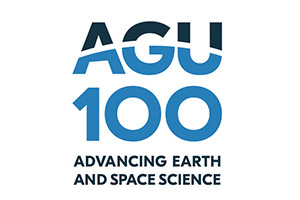
LTER Network presentations and posters at American Geophysical Union (AGU) Meeting 2018

LTER Network presentations and posters at American Geophysical Union (AGU) Meeting 2018

Researchers Frederik Schulz (US Department of Energy’s Joint Genome Institute) and Lauren Alteio (University of Massachusetts) have discovered sixteen new giant viruses in soil samples from a long-term research site at the Harvard Forest LTER, described in a Nature Communications paper published in November 2018. Giant viruses are larger than most single celled organisms, and tend… Read more »
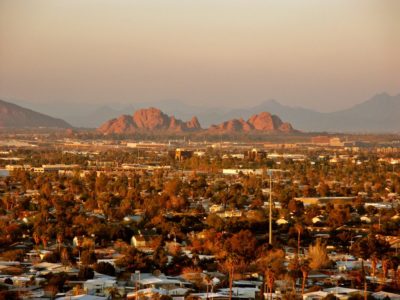
Western black widow spider populations in urban locations are more diverse than those in rural locations
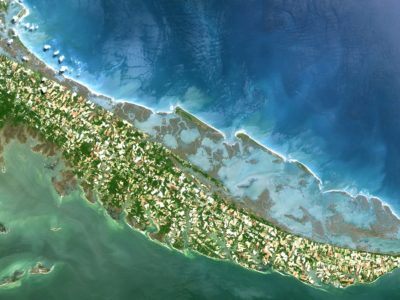
Researchers at the Virginia Coast Reserve LTER recently found that adjacent patches of salt marsh and seagrass increase sedimentation benefits in shallow coastal bays.
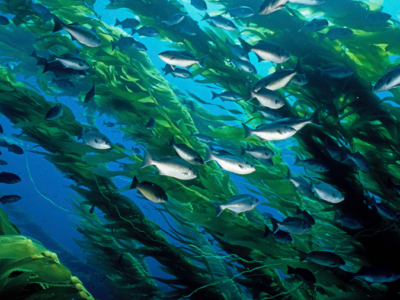
Kelp forests have long been known to harbor a high number and diversity of marine species, from tiny crustaceans to large fish and marine mammals. This biodiversity tends to be attributed to the complex structure and productivity of giant kelp, earning it the title ‘foundational species’. Surprisingly, however, little quantitative data has been assessed to… Read more »

I paused at the top of Coweeta Hydrologic Lab’s transect #327, peering down, down, down at the slope beneath me. Katie Bower, a research technician at Coweeta, and two summer interns had already started down the narrow pathway, accustomed to its slippery leaf layer and sharp contours. Taking a deep breath, I followed slowly behind.
I flip open my copy of The Franklin Press while sipping coffee at a field station, and there, in a bi-monthly column, is an article by Coweeta Hydrologic Lab staff, answering the scientific questions of local citizens. The column is just one part of the Coweeta Listening Project (CLP), an initiative of the Coweeta LTER.

I paused at the top of Coweeta Hydrologic Lab’s transect #327, peering down, down, down at the slope beneath me. Katie Bower, a research technician at Coweeta, and two summer interns had already started down the narrow pathway, accustomed to its slippery leaf layer and sharp contours.
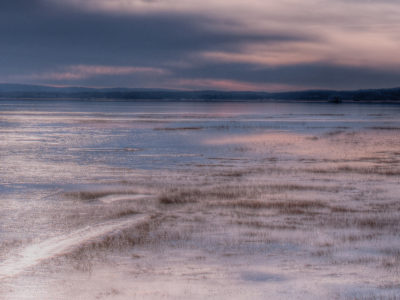
The ebb and flow of the tide through coastal salt marshes brings wide swings in temperature, salinity, oxygen levels and pH. Many of these fluctuations occur at short timescales (e.g. multiple times per day) and have a profound impact on both the types of microorganisms that can exist in such a dynamic environment, and how… Read more »

The Ocean Sciences Meeting (OSM) has become an important venue for scientific exchange across a wide range of marine science disciplines, especially as human impacts on the oceans reach unprecedented levels. OSM, co-sponsored by the American Geophysical Union (AGU), the Association for the Sciences of Limnology and Oceanography (ASLO), and The Oceanography Society (TOS), will be held 11–16 February, in… Read more »
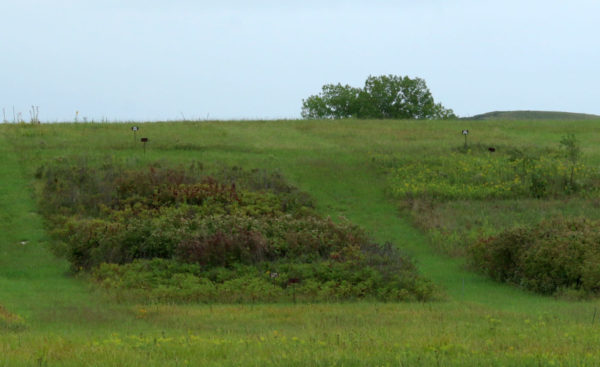 E Zambello/LTER Network Office CC BY 4.0" data-envira-gallery-id="site_images_78452" data-envira-index="2" data-envira-item-id="82129" data-envira-src="https://lternet.edu/wp-content/uploads/2019/11/k-66-scaled-e1574700614704-600x367.jpg" data-envira-srcset="https://lternet.edu/wp-content/uploads/2019/11/k-66-scaled-e1574700614704-600x367.jpg 400w, https://lternet.edu/wp-content/uploads/2019/11/k-66-scaled-e1574700614704-600x367.jpg 2x" data-title="Konza Prairie Biodiversity Plots" itemprop="thumbnailUrl" data-no-lazy="1" data-envirabox="site_images_78452" data-automatic-caption="Konza Prairie Biodiversity Plots - E Zambello/LTER Network Office CC BY 4.0" data-envira-height="183" data-envira-width="300" />
E Zambello/LTER Network Office CC BY 4.0" data-envira-gallery-id="site_images_78452" data-envira-index="2" data-envira-item-id="82129" data-envira-src="https://lternet.edu/wp-content/uploads/2019/11/k-66-scaled-e1574700614704-600x367.jpg" data-envira-srcset="https://lternet.edu/wp-content/uploads/2019/11/k-66-scaled-e1574700614704-600x367.jpg 400w, https://lternet.edu/wp-content/uploads/2019/11/k-66-scaled-e1574700614704-600x367.jpg 2x" data-title="Konza Prairie Biodiversity Plots" itemprop="thumbnailUrl" data-no-lazy="1" data-envirabox="site_images_78452" data-automatic-caption="Konza Prairie Biodiversity Plots - E Zambello/LTER Network Office CC BY 4.0" data-envira-height="183" data-envira-width="300" />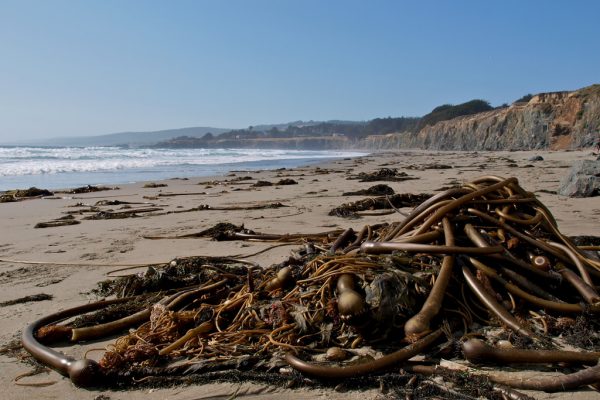 Ingrid Taylar. CC BY 2.0" data-envira-gallery-id="site_images_78452" data-envira-index="8" data-envira-item-id="46943" data-envira-src="https://lternet.edu/wp-content/uploads/2017/11/3660520317_f1cff7961e_b-600x400.jpg" data-envira-srcset="https://lternet.edu/wp-content/uploads/2017/11/3660520317_f1cff7961e_b-600x400.jpg 400w, https://lternet.edu/wp-content/uploads/2017/11/3660520317_f1cff7961e_b-600x400.jpg 2x" data-title="3660520317_f1cff7961e_b" itemprop="thumbnailUrl" data-no-lazy="1" data-envirabox="site_images_78452" data-automatic-caption="3660520317_f1cff7961e_b - Ingrid Taylar. CC BY 2.0" data-envira-height="224" data-envira-width="300" />
Ingrid Taylar. CC BY 2.0" data-envira-gallery-id="site_images_78452" data-envira-index="8" data-envira-item-id="46943" data-envira-src="https://lternet.edu/wp-content/uploads/2017/11/3660520317_f1cff7961e_b-600x400.jpg" data-envira-srcset="https://lternet.edu/wp-content/uploads/2017/11/3660520317_f1cff7961e_b-600x400.jpg 400w, https://lternet.edu/wp-content/uploads/2017/11/3660520317_f1cff7961e_b-600x400.jpg 2x" data-title="3660520317_f1cff7961e_b" itemprop="thumbnailUrl" data-no-lazy="1" data-envirabox="site_images_78452" data-automatic-caption="3660520317_f1cff7961e_b - Ingrid Taylar. CC BY 2.0" data-envira-height="224" data-envira-width="300" />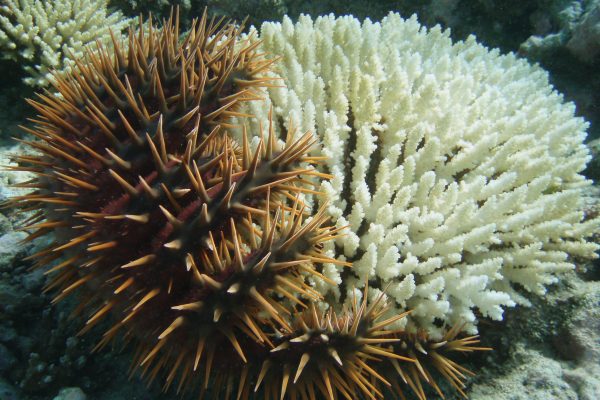 CC BY-SA 4.0" data-envira-gallery-id="site_images_78452" data-envira-index="9" data-envira-item-id="46180" data-envira-src="https://lternet.edu/wp-content/uploads/2017/11/P7193263-copy-600x400.jpg" data-envira-srcset="https://lternet.edu/wp-content/uploads/2017/11/P7193263-copy-600x400.jpg 400w, https://lternet.edu/wp-content/uploads/2017/11/P7193263-copy-600x400.jpg 2x" data-title="Crown-of-thorns Sea Star" itemprop="thumbnailUrl" data-no-lazy="1" data-envirabox="site_images_78452" data-automatic-caption="Crown-of-thorns Sea Star - A Crown_of-thorns seastar or COTS (Acanthaster planci) feeding on a coral colony. MCR LTER. CC..." data-envira-height="201" data-envira-width="300" />
CC BY-SA 4.0" data-envira-gallery-id="site_images_78452" data-envira-index="9" data-envira-item-id="46180" data-envira-src="https://lternet.edu/wp-content/uploads/2017/11/P7193263-copy-600x400.jpg" data-envira-srcset="https://lternet.edu/wp-content/uploads/2017/11/P7193263-copy-600x400.jpg 400w, https://lternet.edu/wp-content/uploads/2017/11/P7193263-copy-600x400.jpg 2x" data-title="Crown-of-thorns Sea Star" itemprop="thumbnailUrl" data-no-lazy="1" data-envirabox="site_images_78452" data-automatic-caption="Crown-of-thorns Sea Star - A Crown_of-thorns seastar or COTS (Acanthaster planci) feeding on a coral colony. MCR LTER. CC..." data-envira-height="201" data-envira-width="300" />